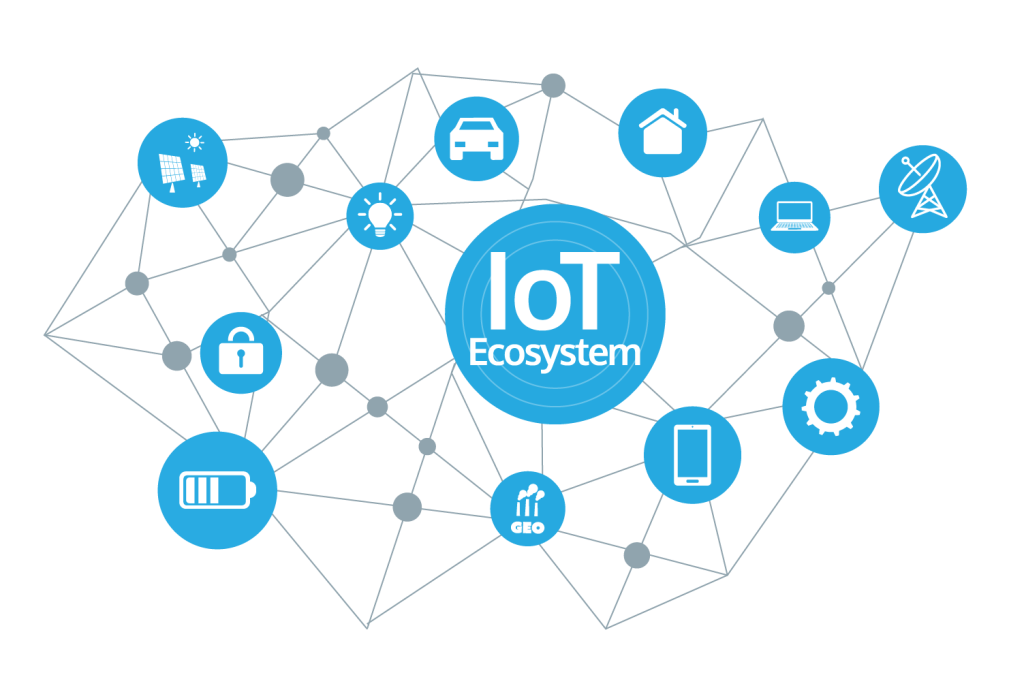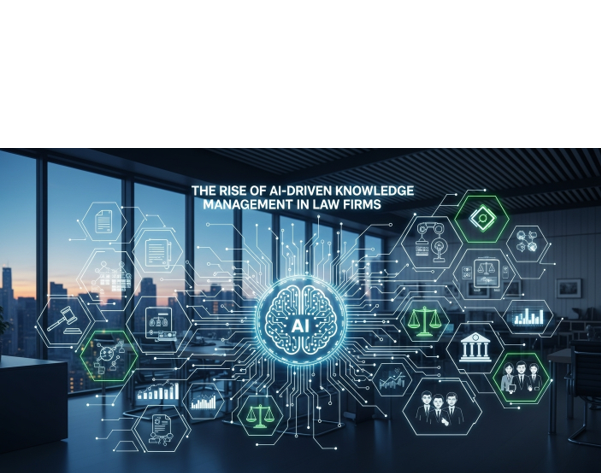In today’s world, it seems everything is becoming “smart.” From wristbands tracking our steps to industrial sensors optimizing factory floors, the Internet of Things (IoT) is weaving a vast, interconnected web. But while the individual smart device often gets the spotlight, the real marvel lies in the hidden architecture that allows these devices to communicate, process data, and deliver value at immense scale. It’s one thing to connect a few gadgets; it’s an entirely different challenge to build an IoT development team that can reliably handle millions, even billions, of devices and their constant streams of data.
As someone who designs and builds these very systems, I’ve seen how crucial it is to get the foundational architecture right from day one. Without a robust and scalable blueprint, an ambitious IoT project can quickly crumble under its own weight. Let’s peel back the layers and explore what truly goes into creating an IoT ecosystem that can grow with your vision.
More Than Just Connecting Dots: The Scalability Challenge
Imagine a single smart home with a handful of devices. Easy enough to manage. Now, imagine a smart city, a global logistics network, or a nationwide utility grid, each with thousands or millions of connected sensors and actuators. Cellular IoT connections alone totaled 3.4 billion by the close of 2023, and are projected to near 4 billion by the end of 2024. The need for real-time processing becomes critical, and the demands on security and reliability become non-negotiable.
This is where scalability becomes the ultimate litmus test for an IoT solution. A truly scalable architecture isn’t just about adding more servers; it’s about a fundamental design philosophy that anticipates growth, manages complexity, and ensures performance even as the system expands exponentially. It’s the difference between a proof-of-concept and a commercially viable, future-proof product.
The Foundational Layers: An Architect’s Blueprint
Building a scalable IoT ecosystem is much like constructing a complex building. You need solid foundations, robust infrastructure, and well-defined pathways for everything to work together. Here are the core architectural layers that an experienced IoT development team meticulously designs:
1. The Device Layer: Intelligence at the Edge
This is where the physical world meets the digital. The devices themselves, often called “edge devices,” are the data originators.
- Diverse Hardware: From tiny, low-power sensors to powerful industrial gateways, this layer encompasses a vast array of hardware. The architecture must accommodate this diversity, allowing for different communication protocols and processing capabilities.
- Edge Computing: Increasingly, more processing power is being pushed to the “edge” – directly onto the device or a local gateway. This isn’t just about saving bandwidth; it’s about reducing latency for real-time decisions (like an autonomous vehicle reacting to an obstacle) and enhancing privacy by processing sensitive data locally before sending only aggregated insights to the cloud.
- Device Management: For scalability, you need robust mechanisms to provision new devices, authenticate them securely, monitor their health, update their firmware remotely, and troubleshoot issues without physical intervention. This is paramount when dealing with thousands or millions of scattered devices.
- Security from the Ground Up: Each device is a potential entry point for malicious actors. Scalable architectures embed security features like hardware-level encryption, secure boot processes, and unique device identities to ensure authenticity and data integrity.
2. The Connectivity Layer: The Digital Highways
This layer is the crucial bridge that allows data to flow from the devices to the cloud and back. Its design directly impacts reliability and cost.
- Protocol Diversity: IoT isn’t a one-size-fits-all world. Different use cases demand different communication protocols. Low-power, wide-area networks (LPWANs) like LoRaWAN or NB-IoT are ideal for small data packets over long distances (think smart agriculture sensors). Wi-Fi and Ethernet are common for higher bandwidth local connections (smart homes). Cellular networks (4G/5G) provide pervasive connectivity for mobile assets. A scalable architecture can seamlessly integrate multiple protocols.
- Message Brokers (MQTT, AMQP): These are like traffic controllers for data, designed to handle millions of simultaneous connections and efficiently route messages between devices and cloud services. They are lightweight, publish-subscribe mechanisms that are crucial for high-volume, low-latency communication.
- Gateway Management: Often, edge devices connect to a local gateway that aggregates data from multiple devices before sending it to the cloud. The architecture must define how these gateways operate, manage local networks, and ensure secure data transmission.
- Network Resilience: A scalable system anticipates network failures. It incorporates mechanisms for buffering data, retrying transmissions, and gracefully recovering from connection drops to ensure no data is lost.
3. The Cloud Ingestion & Processing Layer: The Data Factory
Once data leaves the edge, it arrives at the cloud – the central nervous system of the IoT ecosystem. This layer is engineered to handle massive data streams.
- Ingestion Engines: These are high-throughput services designed to receive and validate data from millions of devices concurrently. They act as the entry point to the cloud, ensuring data is captured reliably and efficiently, no matter the volume.
- Stream Processing: Much IoT data is time-series in nature (e.g., temperature readings every minute). Scalable architectures employ stream processing engines that can analyze this data in real-time, identify anomalies, trigger alerts, or initiate automated responses as events unfold.
- Data Pipelines: Data doesn’t just sit there. It needs to be transformed, enriched, and routed to various destinations (databases, analytics engines, dashboards). Robust data pipelines ensure data moves efficiently through the system.
- Identity and Access Management (IAM): Crucial for security, IAM defines who or what (devices, users, applications) can access specific data and resources within the cloud environment. This is meticulously designed to scale as the number of entities grows.
4. The Data Storage Layer: The Memory Bank
With enormous volumes of data, selecting the right storage solutions is paramount for performance and cost-effectiveness.
- Diverse Databases: Not all data is created equal. Time-series databases are optimized for handling chronological sensor data. Relational databases might store device metadata or user profiles. NoSQL databases offer flexibility for unstructured data. A scalable architecture leverages a mix of these, choosing the right tool for each job.
- Tiered Storage: Not all data needs to be immediately accessible. Older, less frequently accessed data can be moved to cheaper, archival storage tiers, optimizing costs without sacrificing data availability for long-term analysis.
- Data Lakes: For advanced analytics and machine learning, data lakes provide a centralized repository for all raw, unprocessed data, allowing for flexible exploration and new insights.
- Backup and Disaster Recovery: Critical for any system, this layer ensures data persistence and business continuity in the face of unforeseen outages or data loss.
5. The Analytics & Application Layer: The Intelligence Hub
This is where raw data transforms into actionable insights and where users interact with the IoT system.
- Advanced Analytics & Machine Learning: This layer extracts value from the aggregated data. Predictive maintenance, anomaly detection, resource optimization, and personalized user experiences are all powered by sophisticated algorithms running on this layer.
- Business Intelligence (BI) Dashboards: Providing users with clear, intuitive visualizations of their IoT data, enabling them to monitor system health, track KPIs, and make informed decisions.
- Application Programming Interfaces (APIs): APIs are the gateways that allow other applications (mobile apps, web portals, third-party systems) to securely interact with the IoT ecosystem, retrieve data, and send commands to devices. These must be robust and well-documented for seamless integration.
- User Interface (UI) Development: Crafting intuitive and responsive interfaces (mobile apps, web portals) that allow users to monitor, control, and gain insights from their connected devices.
The Overarching Principles: What Guides the Architects
Beyond the individual layers, a successful IoT development team adheres to several core principles that ensure true scalability and longevity:
- Modularity: Each component or service should be independently deployable, scalable, and manageable. This allows for easier updates, troubleshooting, and reduces the risk of cascading failures.
- Loose Coupling: Components should interact through well-defined interfaces (like APIs) with minimal direct dependencies. This allows changes in one part of the system without breaking others.
- Automation: From device provisioning to software deployments and scaling infrastructure, automation reduces manual effort, minimizes errors, and enables rapid response to changing demands.
- Observability: Building in comprehensive monitoring, logging, and tracing capabilities from the start is critical. You can’t fix what you can’t see. Understanding system performance, data flow, and potential bottlenecks is essential for maintaining a healthy and scalable ecosystem.
- Security-First Mindset: As mentioned, security is woven into every layer, not bolted on at the end. This includes encryption, authentication, authorization, vulnerability management, and regular security audits.
The Future is Architected
The complexity of an IoT ecosystem can seem daunting, but by breaking it down into these interconnected layers and adhering to sound architectural principles, an IoT development team can build truly scalable, reliable, and secure solutions. It’s not just about connecting devices; it’s about engineering an intelligent, living system that can grow with the demands of tomorrow’s connected world. This future will see an ever-increasing density of connected devices, with estimates suggesting 40 billion connected devices will be operational by 2030. Delivering real value long into this increasingly connected future is the ultimate goal.
Stay in touch to get more updates & alerts on Baddieshub! Thank you




